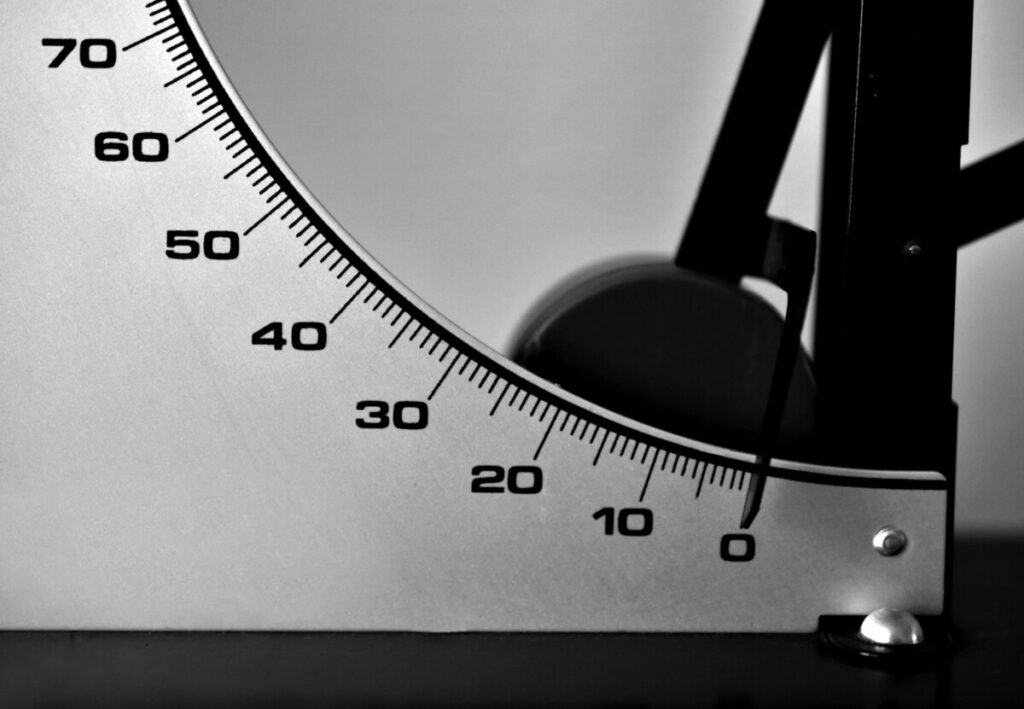Calibration vs Validation: Understanding the Differences and Why They Matter

In technical fields, accuracy and reliability are everything. Two words you often hear are calibration and validation. They sound similar, and both play a role in making sure equipment, processes, or systems work as intended, but they do mean different things. Confusing them can cause errors, wasted time, and even safety risks.
Read on to learn what calibration is, what validation is, how they differ, and why each matters. If your work involves equipment, measurements, or quality standards, it’s worth understanding these key principles.
What Does Calibration Mean?
Calibration is about accuracy. It involves calibration engineers checking measurements against a trusted standard, such as comparing a thermometer with a certified reference thermometer. If it’s off, you adjust it until it reads correctly. Calibration doesn’t test if the thermometer is useful for its purpose; it only ensures it gives the right numbers.
This process is essential in industries where precise measurement matters, such as healthcare, engineering, and manufacturing. Without calibration, instruments drift over time and can give false readings, which can lead to faulty data, unsafe conditions, or poor quality end products.
Calibration usually follows a set routine: instruments are tested at intervals, results are recorded, and adjustments are made. It’s not a one-time task but an ongoing process, and the goal is consistency. By keeping measurements accurate, calibration supports quality control and compliance with standards.
What Does Validation Mean?
Validation focuses on performance. Instead of checking if an instrument is accurate, validation checks if a system, method, or process works as it should. For example, in medicine, a blood test method must be validated to show it gives reliable results for patient samples. Even if all the instruments are calibrated, the process still needs validation.
Validation is broader than calibration, looking to confirm whether a product or system meets its intended purpose or can it perform reliably in real conditions. Validation engineers often design and run these checks and create tests to confirm that processes consistently meet requirements.
Validation can be one-off or repeated. If changes are made later, parts of the system may need to be revalidated. It’s about producing trusted outcomes, not just accurate numbers.
Key Differences Between Calibration and Validation
Calibration and validation are linked but not the same. Calibration is about measurement accuracy. Validation is about overall function and suitability. A simple way to remember is that calibration checks the tool and validation checks the result.
Another difference lies in scope. Calibration is narrow, focused on instruments and their readings. Validation is wider, covering systems, processes, or even entire facilities. Also, calibration is usually repeated at fixed intervals, while validation often happens during set-up, changes, or audits.
Understanding the difference avoids mistakes, and using the terms interchangeably can cause significant confusion. Engineers, regulators, and auditors need clarity, as accuracy and reliability depend on both.
Why They Both Matter
Neither calibration nor validation alone is enough. You can have perfectly calibrated equipment, but if the process isn’t validated, results may still be unreliable. On the other hand, a validated process won’t hold up if the instruments feeding it are inaccurate. The two work together, hand in hand.
For example, in pharmaceutical production, every piece of lab equipment is calibrated, but the production process also undergoes validation to confirm the final product is safe and effective. Without calibration, there’s no confidence in the measurements, and without validation, there’s no confidence the system works in practice.
Both also support compliance. Many industries are regulated, and both calibration and validation are required by law or standards. Skipping either can lead to failed inspections, rejected products, or safety incidents. That’s why companies invest heavily in both activities. They aren’t optional extras but core parts of quality management.
Common Misunderstandings to Avoid
A frequent misunderstanding is thinking calibration and validation are interchangeable. They are not. Saying equipment is “validated” when it has only been calibrated, or it has only been validated, is incorrect. The reverse is also true. Another error is assuming validation is a one-time task: in reality, systems often need revalidation following changes.
Some also overlook the documentation. Both calibration and validation require records. Without written evidence, regulators may treat the work as incomplete. It’s not enough to perform the tasks: you must prove they were done.
Finally, there’s the belief that small errors don’t really matter. In various fields, even small inaccuracies can have a significant impact. Regular calibration and proper validation are the best way to remain protected against these risks.






